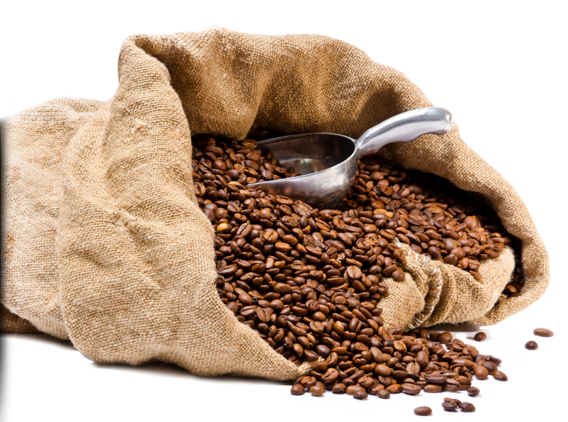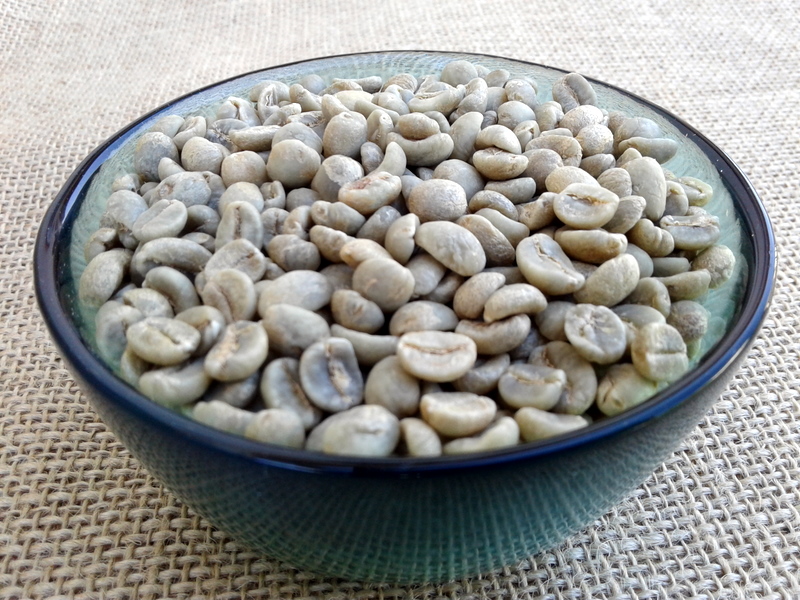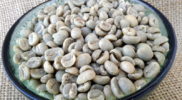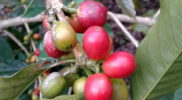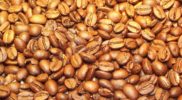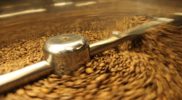This roast has the lightest color of all coffee beans, hence the name “blonde”. Some coffee enthusiasts will argue that this roast level is the best, and anything more can be likened to overcooking a steak. Their reasoning is that this level of roast allows the coffee bean just enough time to crisp up, but still retains that true coffee taste. This roast level also allows for the highest caffeine content because caffeine is “burned away” throughout the roasting process, so the darker the bean, the less caffeine.
The lipid (aka “natural fat”) content is also very low in beans that are roasted this way. Less lipids will contribute to the coffee brewed from these beans tasting “grainy” since less lipids have been secreted onto the surface of the bean.
Light roasted beans are not only categorized according to their color, but also by their “crack” level, which is the actual splitting crack of the bean. Once beans have been roasted past 205°C (401°F), they “crack” open. This is usually the time to remove blonde roast coffee beans. If a coffee bean is roasted and removed before the first crack – it is then referred to as a cinnamon roast.
Summary of Differences
-
As coffee roasts get darker, they lose the origin flavors of the beans and take on more flavor from the roasting process.
-
The body of the coffee gets heavier, until the second crack, where the body again thins.
-
Lighter roasts have more acidity than darker roasts.
-
Light roasted beans are dry, while darker roasts develop oil on the bean surface.
-
The caffeine level decreases as the roast gets darker.
